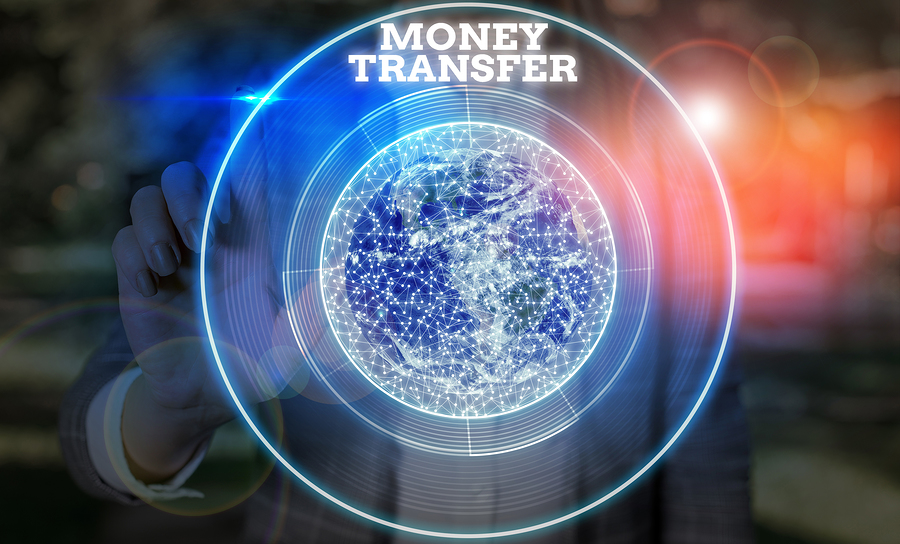
Does a Claim Objection Under Section 502(d) Survive the Transfer of the Claim by the Original Claimant?
The Southern District of New York recently reminded us in In re Firestar Diamond, Inc., et al., Case No. 18-10509 (Bankr. S.D.N.Y. April 22, 2019) (SHL) [Dkt. No. 1482] that equitable principles in bankruptcy often do not match those outside of bankruptcy. Indeed, bankruptcy decisions often place emphasis on equality of treatment amongst all creditors and are less concerned with inequities to individual creditors.
In Firestar, the Court held that the proofs of claim of four Indian banks (“Banks”) should be disallowed under section 502(d) of the Bankruptcy Code, because the claims of the Banks (who were innocent of wrongdoing) were based on original claims that had been sold—not assigned—to the Banks by third-parties who had received fraudulent and preferential transfers from the Debtors.
In doing so, Judge Lane (a) rejected the approach in In re Enron Corp., 379 B.R. 425, 443 (S.D.N.Y. 2007) (“Enron II”) (holding that disallowance under section 502(d) “is personal to the claimant, not the claim, and that disallowance of a transferee’s claim depends on the nature of the transfer”), and instead (b) adopted the approach in In re KB Toys Inc., 736 F.3d 247, 252 (3d Cir. 2013) (“KB Toys”) (holding that section 502(d) “focuses on claims—and not claimants—[and] claims that are disallowable under [Section] 502(d) must be disallowed no matter who holds them.”)
The Court ultimately found that a section 502(d) claims objection survives the transfer of such claim, whether or not the transfer occurs through a sale or assignment.
Facts
The Debtors were wholesalers of finished jewelry to major retailers, including Costco, J.C. Penny, Macy’s, Zales, Kay’s, and Jared’s, among others. The bankruptcy cases were commenced in the shadows of a complaint filed against the owner of the Debtors, alleging that the owner and his co-conspirators orchestrated a series of sham transactions with supposed, independent third parties to import jewelry valued at billions of dollars in order to obtain substantial bank financing that likely would never be fully repaid.
During the bankruptcy case, amidst concerns that the Debtors might have been involved in the bank fraud, the Court appointed an examiner and, when the CEO later resigned after being connected to the owner, subsequently appointed a chapter 11 trustee (the “Trustee”).
Amidst this backdrop, the Trustee objected to the Banks’ claims, because they were derived from accounts and other debts that were originally owed to three nondebtor entities (the “Nondebtors”) and subsequently sold to the Banks. The Trustee asserted that the Nondebtors had received millions of dollars in fraudulent transfers and preferences from the Debtors, and as the Banks’ claims were based on the dealings between the Debtors and Nondebtors, those claims were subject to disallowance in the same way as if the Nondebtors’s original claims had been filed. Because the Nondebtors received avoidable transfers under the Bankruptcy Code and New York law, those claims were subject to disallowance under section 502(d) of the Code.
The Banks argued that, based on Enron II, disallowance under section 502(d) is a personal disability and does not travel with the claim (after transfer), but rather stays with the claimant, particularly in cases where the transfer occurs through a “sale” rather than an “assignment.” The Trustee responded that Enron II was wrongly decided and, in any instance, the nature of the transfers here (a sale) did not save the Banks’ claims even under Enron II. The Bankruptcy Court agreed with the Trustee.
Analysis
Once a proof of claim is filed, it may be disallowed under section 502(d) of the Code, which authorizes disallowance from a claimant that is also transferee of an avoidable transfer under sections section 544, 547 and 548 of the Code unless such claimant has returned its avoidable transfer.
In Enron II, while opining that a transfer by assignment will not grant the assignee more rights than possessed by the assignor, that Court found that a purchaser of the same claim is not subject to any personal disabilities of the transferor. See 379 B.R. at 436. The reasoning is that:
[S]ection 502(d) was not intended to punish, but rather to give creditors an option to keep their transfers (and hope for no action by the trustee) or to surrender their transfers and their advantages and share equally with other creditors. Applying [S]ection 502(d) to purchasers of claims would be punitive because they have no option to surrender something they do not have, which means they have not personally obtained any advantage that they could surrender.
Id. at 443–444 (emphasis in original).
Not bound by stare decisis since Enron II was not a Second Circuit opinion, the Court in Firestar adopted the analysis of the Third Circuit in KB Toys, which reasoned that any transferee claim can be subject to section 502(d) and to “hold otherwise would contravene the aims of [Section] 502(d), the first of which is to ensure equality of distribution of estate assets.” 736 F.3d at 252. Moreover, according to the Third Circuit, “an alternative reading would permit an original claimant who received a voidable transfer to . . . ‘wash’ the claim of disabilities and get . . . value for it.”
Judge Lane also found ample support from other courts in Delaware and New York that held there was no distinction between a sale and assignment for purposes of section 502(d), see, e.g., In re Wash. Mut., Inc., 461 B.R. 200, 256 n.44 (Bankr. D. Del. 2011); In re Motors Liquidation Co., 529 B.R. 510, 572 n. 208 (Bankr. S.D.N.Y. 2015); In re Metiom, Inc., 301 B.R. 634 (Bankr. S.D.N.Y. 2003), as well as various bankruptcy scholars, see, e.g., Adam J. Levitin, Bankruptcy Markets: Making Sense of Claims Trading, 4 Brook. J. Corp. Fin. & Com. L. 67, 92 (2009); Jennifer W. Crastz, Can a Claims Purchaser Receive Better Rights (Or Worse Rights) Than Its Transferor in a Bankruptcy?, 29 Cal. Bankr. J. 365, 373 (2007).
While the Banks invoked equitable arguments (since they were innocent victims of fraud), Judge Lane found no equitable bypass to section 502(d) and, in any instance, felt that it would be inequitable to favor the Banks over other creditors (who benefitted from disallowance). The Court also rejected the Bank’s notion that a decision against them would have a chilling effect on the claims trading market, reasoning that claims traders are in a much better position to mitigate against this risk upfront (when they purchase the claims) than general creditors.
Accordingly, Judge Lane granted the Trustee’s objection and disallowed the Banks’ claims, even though the Banks had never received any preference or fraudulent transfer and even though their claims had been purchased and not assigned.
Conclusion
Unlike regular claims traders in bankruptcy that knowingly purchase higher risk claims, the Banks in Firestar apparently did not knowingly engage in any risky, noncommercial transaction. Indeed, the bank fraud at issue Firestar is inherently undetectable until caught. While the Opinion does not offer a suggestion as to what the Banks could have done, it nonetheless offers some insight as to how bankruptcy courts tend to lean on equitable principles underlying the Code. Even though Court stated that there was no “equitable bypass” to section 502(d), the cornerstone of Judge Lane’s opinion is KB Toys, which turns, in large part, on the fairness of allowing a transferor to “wash” its avoidable transfer from a trustee’s avoidance powers. The reality is that bankruptcy is aimed primarily at bringing the greatest good to the most creditors through equal treatment.





